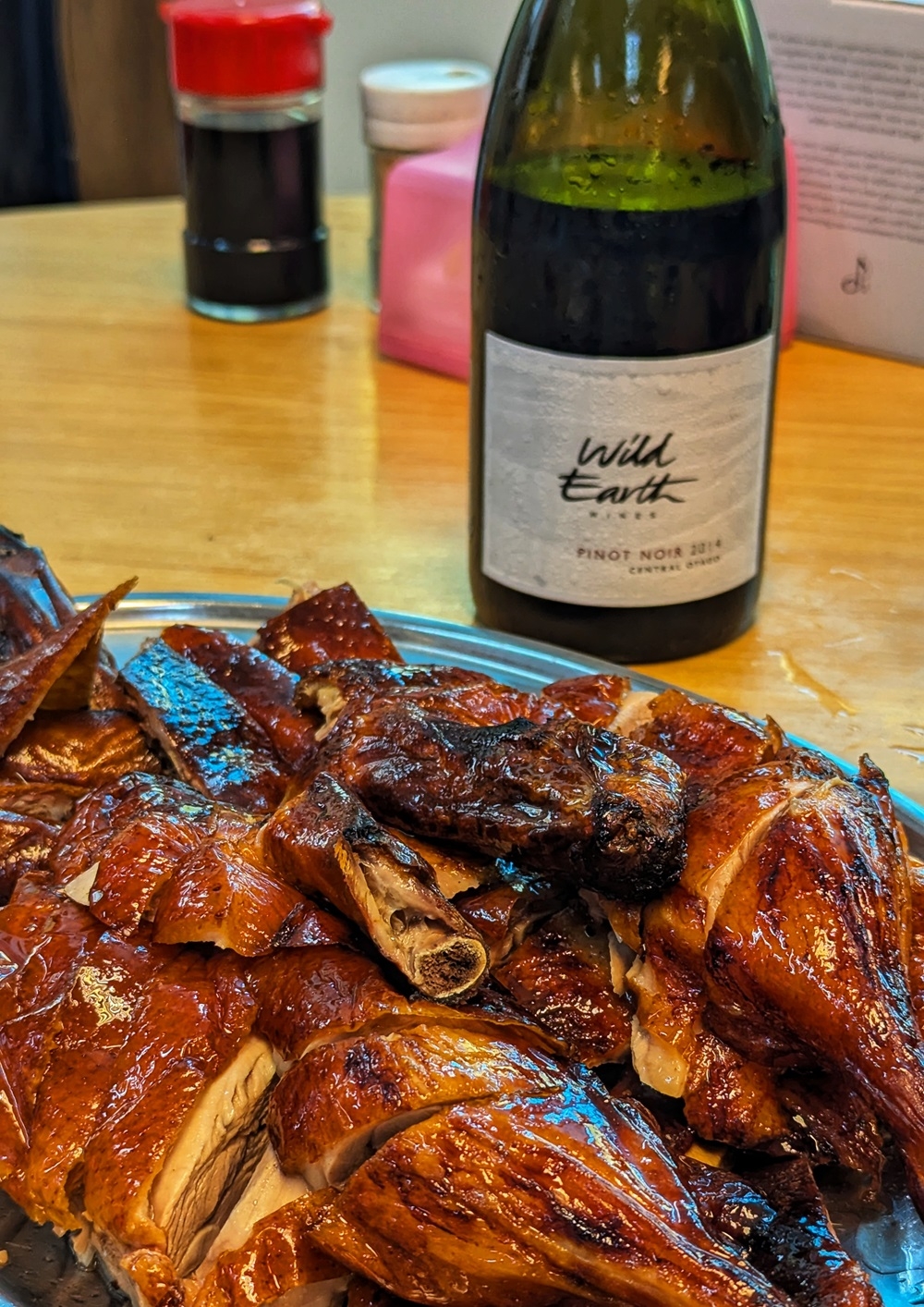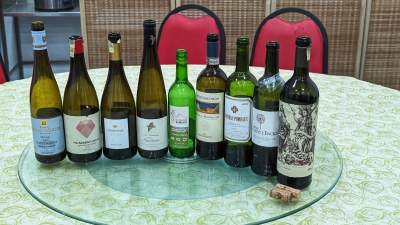KUALA LUMPUR, Jan 21 — Looks like Christmas — sorry, no — Chinese New Year is coming early this year.
It’s barely been a month since Christmas and New Year’s passed, and malls, shops, and restaurants have already begun to paint the town red again.
You can almost smell yee sang in the air, likely stirred up from a few particularly rowdy lou sang sessions.
There will be plenty of eating, drinking, and merrymaking — whether it’s a low-key reunion dinner at home with the immediate family, a lavish affair at a giant banquet restaurant, a company luncheon where you need to impress the boss or just a festive excuse to gather with friends.
You’ve put on your most ong outfits and practically sold a kidney for the expensive set menu with abalone and suckling pig, but what about the libations?
There’s a whole world of possibilities beyond Chinese tea and Grandpa’s cognac — why not bring a bottle (or two) of wine?
Wine, yes, wine.
Twenty years ago, pairing wine with Chinese food was an idea reserved for mavericks.
Today, the idea is steadily catching on — many Chinese restaurants now have at least a few wine glasses on hand and even charge corkage. But with so many choices, what works best?
Sparkling Rosé: The crowd pleaser
If you can only have one wine, make it a sparkling rosé. It’s the ultimate bang for your buck, working beautifully with almost every dish in a typical Chinese New Year spread.
Its vibrant effervescence pairs beautifully with delicate dishes like yee sang and poached chicken, while its bright acidity balances the indulgent richness of roast suckling pig and lap mei fan.
It even holds its own against the bold, savoury flavours of steamed fish and soy sauce prawns.
While rosé from the Champagne region might seem like the obvious choice, there’s incredible value to be found in dry Provençal rosé wines and Crémant.
Made using the same traditional Champagne method, Crémant delivers Champagne-level quality without the hefty price tag — perfect for a festive yet budget-conscious celebration.
Sauvignon Blanc/Dry Riesling: White on white
Maybe you prefer something less fizzy. Sauvignon Blanc, with its bright acidity and notes of citrus and green fruits — think grapefruit and gooseberry — is a great alternative.
Its crisp freshness matches the subtle character of poached chicken, the savoury richness of soy sauce prawns, and even roast pork.
If you can get your hands on a Sauvignon Blanc from Sancerre, its characteristic savoury minerality elevates steamed fish to the next level.
Riesling, particularly in the dry style (look for trocken or “selection” on the label), also pairs beautifully with the same dishes, with its hallmark acidity and flavours of lime and green apple — especially the sweet, savoury flavours in soy sauce prawns.

Pinot Noir and roast duck is a classic pairing. — Picture by Ethan Lau
Pinot Noir/Zinfandel: Red, and more red
For the big guns — dishes like roast duck or lap mei fan — Pinot Noir from Burgundy or New Zealand is perfect.
Typically light to medium-bodied with a silky mouthfeel, Pinot Noir brims with bright red fruit, from cherries to raspberries.
Duck and Pinot Noir is a classic pairing; the wine’s high acidity cuts through the richness of the meat, while the herbs in Cantonese roast duck bring out the earthy complexity often found in older vintages.
For lap mei fan, Pinot Noir’s acidity and soft tannins balance the richness of the cured meats and complement their savoury-sweet profile.
If you’re after something bolder, Zinfandel, most famously grown in California, is a fantastic choice for the bolder, more intense waxed meat flavours.
Blackberry and strawberry are common fruit notes, but it’s the cinnamon and tobacco undertones, combined with higher tannin and alcohol levels, that make Zinfandel an ideal match for the intense flavours of lap mei fan.
* Follow Ethan Lau on Instagram @eatenlau for more musings on food and mildly self-deprecating attempts at humour.







